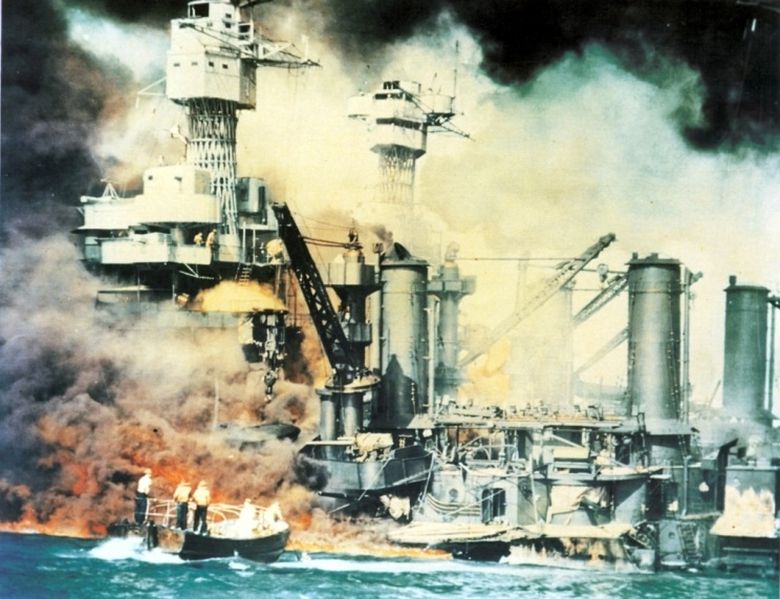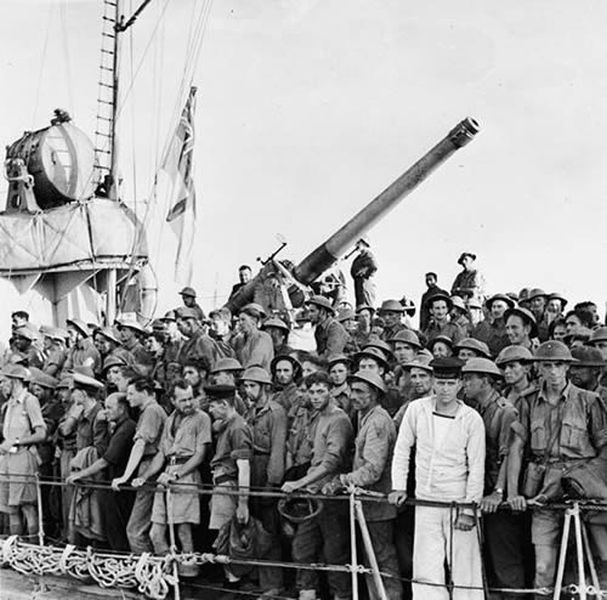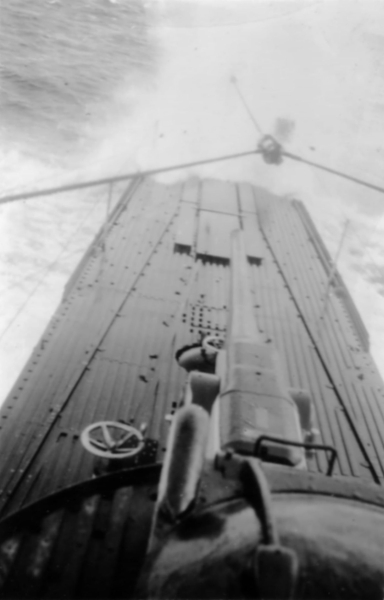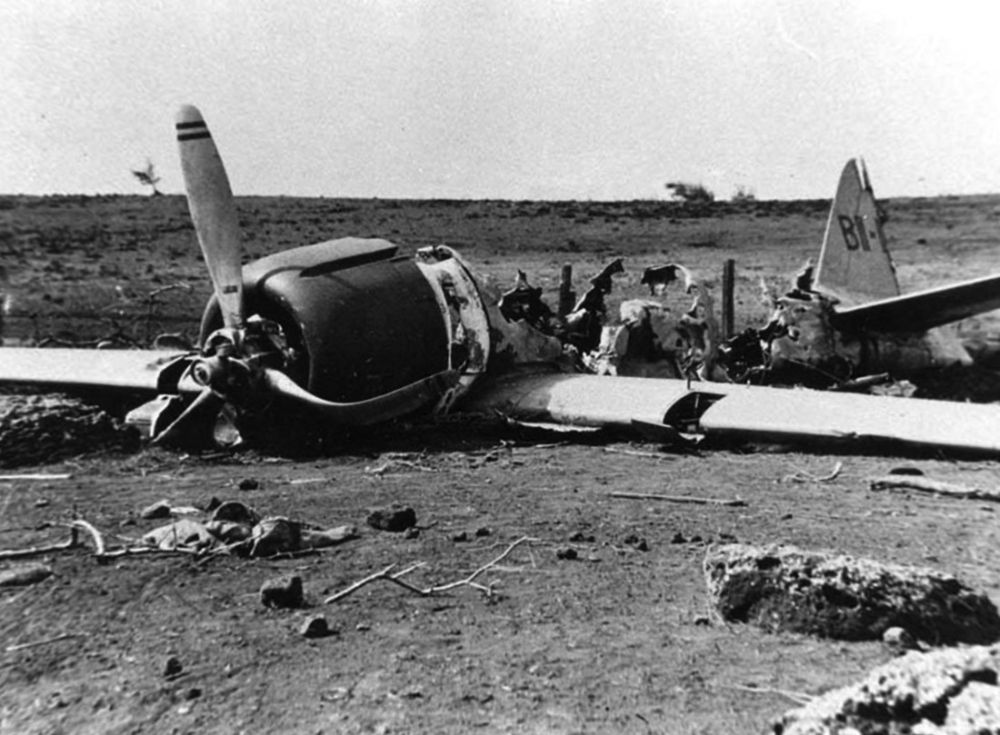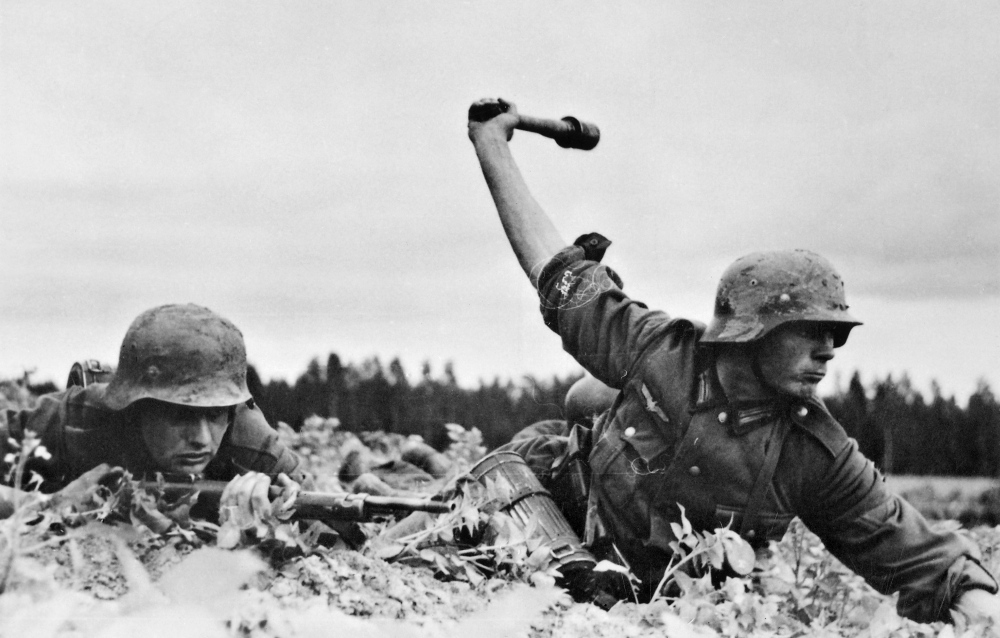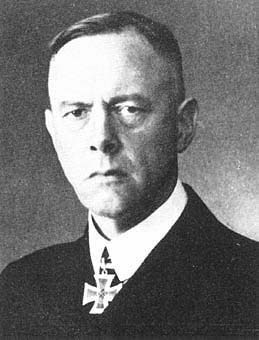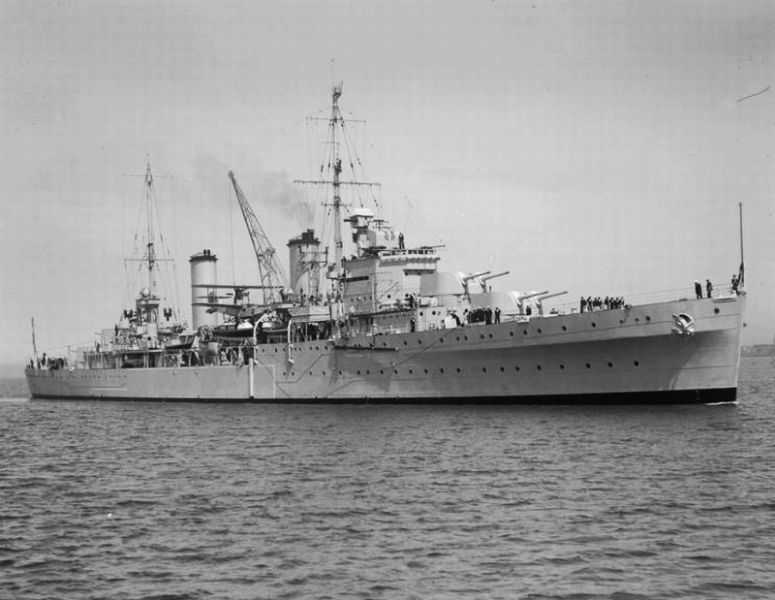Articles
- Article by Peter Kimenai
- Published on January 14th, 2024
Air raid on Pearl Harbor
December 7, 1941, an early Sunday morning on the American naval base Pearl Harbor. Oahu on Hawaii. It looked like the beginning of every other day in this tropical paradise. The crews of the many ships and men on the military air fields were preparing for the coming flag ceremony and Sunday services. At 07:55, the silence was rudely shattered by the roar of 184 aero engines.
- Article by Peter Kimenai
- Published on April 1st, 2015
Evacuation of the British Expeditionary Forces from Greece
From 24 April till 1 May 1941, over 50,000 troops of the British Expeditionary Forces were evacuated from Greece. Next to a large number of warships, nine troop-ships were involved in this exercise, including three of them of Dutch origin. All three Dutch vessels were sunk whilst the destruction of ss Slamat became the largest disaster at sea in Dutch history.
- Article by Peter Kimenai
- Published on February 3rd, 2013
Hr. Ms. K XVII: sunk by a mine or an assault?
Hr. Ms. K XVII was a Dutch submarine of the K XIV class. The K-boats were especially designed and built for service in the Dutch East Indies. (K stands for Koloniaal = Colonial). The series started in 1913 with the K I which was constructed at the shipyard The Royal Scheldt in Flushing (De Koninklijke Maatschappij De Schelde). The development of the K-ships was running parallel to the one of the O-ships (submarines = Onderzeeboten). Those vessels however were developed for services in European waters. The K I was tugged to the Far East in 1916 by sea going tugboat ’Witte Zee’ but in 1920 Hr. Ms. K III made this trip for the first time all on its own.
- Article by Peter Kimenai
- Published on May 29th, 2022
Niihau incident
Sunday, December 7, 1941, will be remembered by most people as the day of the Japanese attack on Pearl Harbour. In two waves, 354 Nakajima B5N torpedo bombers, Aichi D3A dive bombers and Mitsubishi A6M Zero fighters, launched from six aircraft carriers, attacked the American Naval base on Ohau, Hawaii. Because at that time Japan had not yet declared war on the United States, the air raid came as a complete surprise. The declaration of war arrived a few hours after the attack. On the same day, the USA declared war on the land of the Rising Sun and the Americans became directly involved in the Second World War.
- Article by Tom Notten
- Published on July 23rd, 2022
Operation Barbarossa
Operation Barbarossa may well be one of the most intriguing events in military history. In any case, the German invasion of the Soviet Union was the largest military operation until then. On June 22, 1941, over 3 million German soldiers in three army groups advanced eastwards in order to eradicate the Red Army once and for all.
- Article by Frank van der Drift
- Published on September 13th, 2020
Operation Rheinübung and the sinking of the Bismarck
Up until 1938, Germany had never reckoned with the possibility of entering into a conflict with Great Britain in which the Kriegsmarine would play a major part. In the fall of 1938, Plan Z was launched, entailing the construction of 10 battleships, 12 large armored vessels, 4 aircraft carriers, 5 heavy cruisers, 16 light cruisers and numerous other smaller vessels.
- Article by Peter Kimenai
- Published on December 18th, 2022
Sinking of HMAS Sydney
HMAS Sydney was a Leander class light cruiser of the Royal Australian Navy (RAN). Her keel was laid on the Swan & Wigham Richardson Ltd. shipyard in Wallsend-on Tyne on July 8, 1933. Construction was ordered by the Royal Navy and she was to be baptized HMS Phaeton. The Australian government bought the vessel - still under construction - in 1934. On September 22, 1934, the cruiser was launched and a year later, on September 24, 1935, she was commissioned by the RAN as HMAS Sydney, in memory of the former cruiser with the same name.
